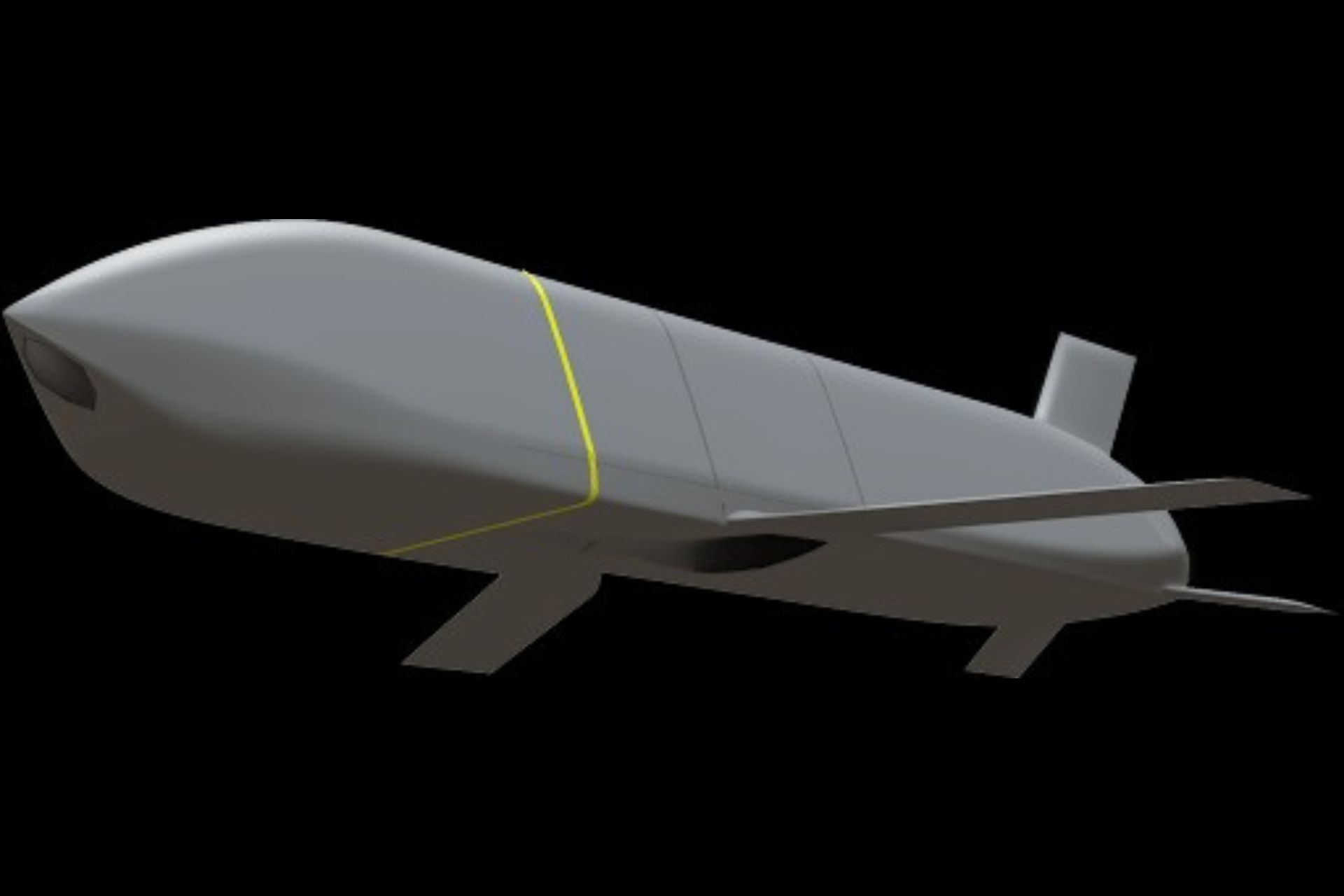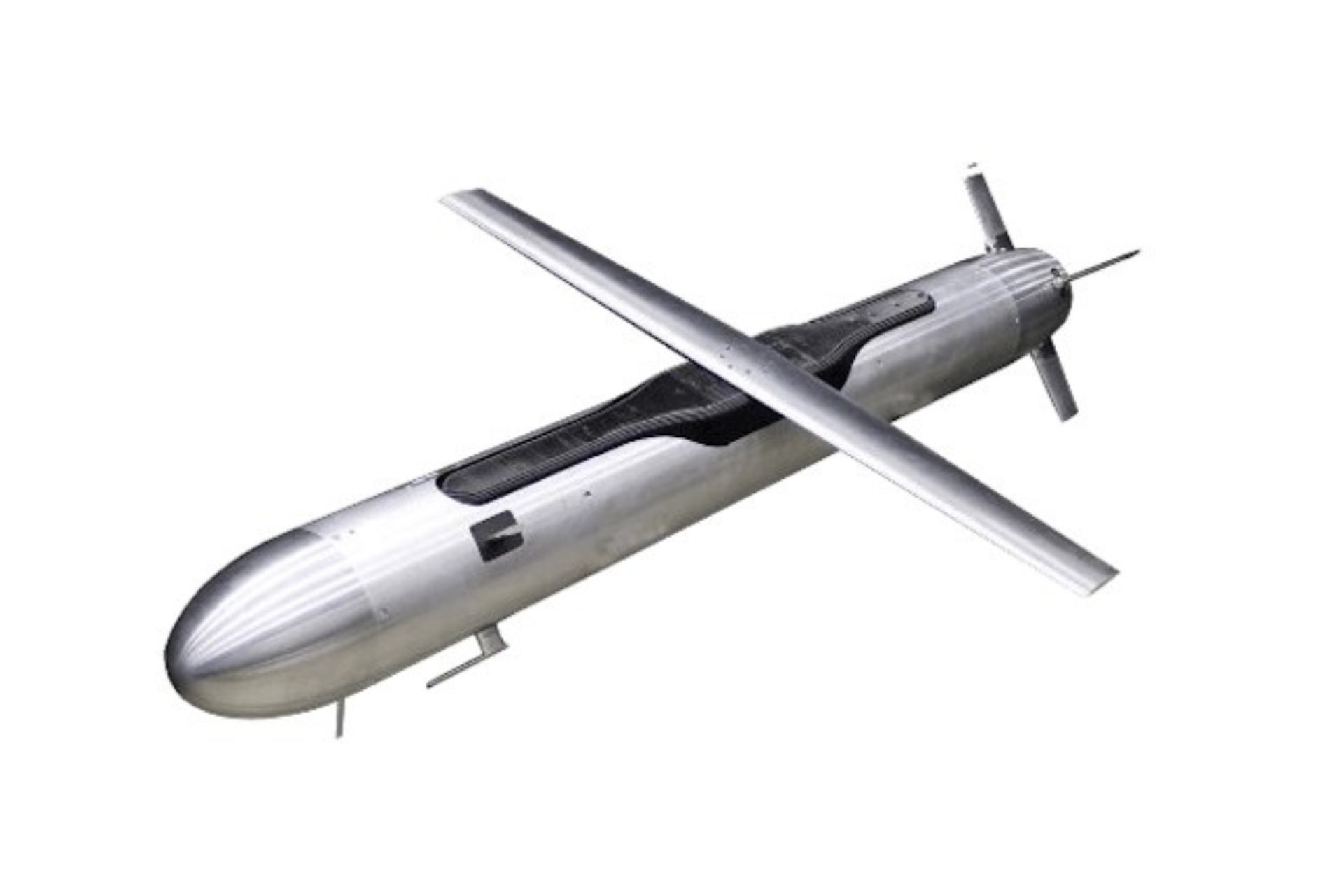Breaking news
US Military Partners with Four Companies for Modular Drone Development.
On June 3, 2024, the U.S. Air Force and the Defense Innovation Unit (DIU) announced a collaborative initiative with four defense companies to develop a modular unmanned aerial vehicle (UAV), named the Enterprise Test Vehicle (ETV). This project aims to explore commercial and dual-use technology solutions that demonstrate modularity for subsystem upgrade testing. This initiative marks a strategic shift towards incorporating non-traditional aerospace entities to enhance test capabilities in an affordable and effective manner.
Follow Army Recognition on Google News at this link

ETV Design rendering from IS4S (Picture source: Integrated Solutions for Systems)
The selected companies, Anduril Industries, Integrated Solutions for Systems, Inc., Leidos Dynetics, and Zone 5 Technologies, were chosen from a competitive field of over 100 applicants. These companies are tasked with developing prototypes that will demonstrate their ability to support various military technologies, including sensors for airborne operations. The project will also investigate the use of commercially available components to address supply chain issues and reduce costs.
Andrew Hunter, Assistant Secretary of the Air Force for Acquisition, Technology, and Logistics, highlighted the project's potential to leverage industry innovations to develop test capabilities that can be rapidly and economically produced. The ETV project is designed as a foundation for large-scale production, with initial flight demonstrations planned within seven months from the award dates. Following these demonstrations, one or more prototypes may be selected for further development towards a production variant.
The ETV will employ an open systems architecture, allowing for future design improvements and rapid subsystem integration. This modular approach enables the UAV to support a minimum range of 500 nautical miles and a speed of 100 knots, with capabilities to deliver kinetic payloads. The flexibility in launch methods, including deployment from cargo aircraft, is also a key feature of the ETV.

Design renderings of the ETV prototype optimized for high-rate production from Zone 5 Technologies (Picture source: Zone 5 Technologies)
Cassie Johnson, the ETV Program Manager at the Armament Directorate, stated that it is crucial to broaden the scope to include more non-traditional aerospace companies to meet the project’s cost, schedule, and production goals. Doug Beck, Director of the Defense Innovation Unit, added that this partnership is aimed at fostering innovation at a pace and scale necessary to meet strategic needs, focusing on developing autonomous systems that are simple, affordable, and scalable.
The ETV project also involves various government collaborators and evaluators such as the Air Force Research Laboratory (AFRL), Special Operations Command (SOCOM), Naval Air Systems Command (NAVAIR), and U.S. Indo-Pacific Command (USINDOPACOM). This comprehensive approach ensures that the developed technologies align well with the operational needs and strategic objectives of the U.S. military.

Prototype vehicle design from Leidos Dynetics(Picture source: Leidos Dynetics)


























